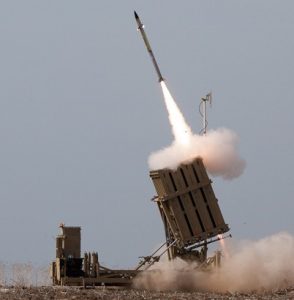Published on: Journal of Analytical Psychology, 2020, 65, 1, 75–87
Abstract:
Continuous stress and trauma are manifested in dreams, the study of which can expand our knowledge concerning unconscious reactions to trauma and efforts of coping with continuous traumatic situations. In our research we asked people living under continuous threat of rocket attacks to record their dreams and their associations to them during four consecutive weeks.
We collected 609 dreams from 44 women and 18 men (age range 14-62). The dreams submitted were analysed according to the Jungian approach in the light of the information and associations presented by the subjects. Full dream series of dreamers from each group were analysed in an attempt to capture the depth-psychological experience of living and dreaming under fire.
The most frequent themes found were: ‘concrete vs. symbolic’, ‘togetherness’, ‘active ego’, ‘fear and anxiety’, ‘shadow’ and ‘personal issue’.
The subjects were divided into three age groups. Differences between the occurrences of themes were examined. On the unconscious level our results showed that the adolescents group seemed to be the most vulnerable to the stress situation (preponderance of concrete dreams), the mature adults group was the least influenced by it (preponderance of symbolic dreams and of the ‘personal issue’ theme) and the young adults group made the greatest psychological efforts for coping (preponderance of ‘active ego’ theme). We noted few anima figures appearing in the men’s dreams, while animus figures appeared in the women’s dreams.
In another study undertaken immediately after one of the recent wars in Gaza we collected dreams of Israelis living in the south of Israel who were under heavy daily rocket attacks, and dreams of Palestinians living in the West Bank. The most significant difference we found between the groups was a preponderance of symbolic dreams among the Palestinians, as opposed to a preponderance of concrete trauma dreams among the Israeli group living on the Gaza border. In both groups we found archetypal symbols of evil. In conclusion, dreams can help us detect emotional distress, even when subjects seem ‘ok’. Early detection and working with dreams can help prevent the severity of delayed PTSD.
Read full paper:

